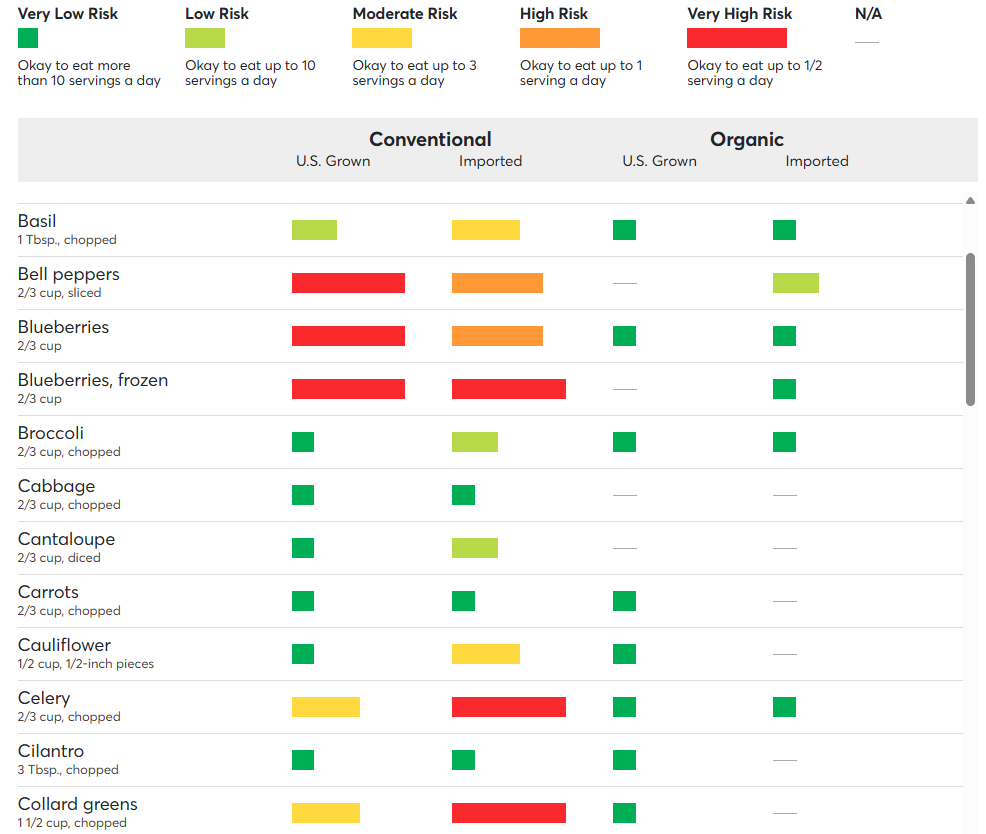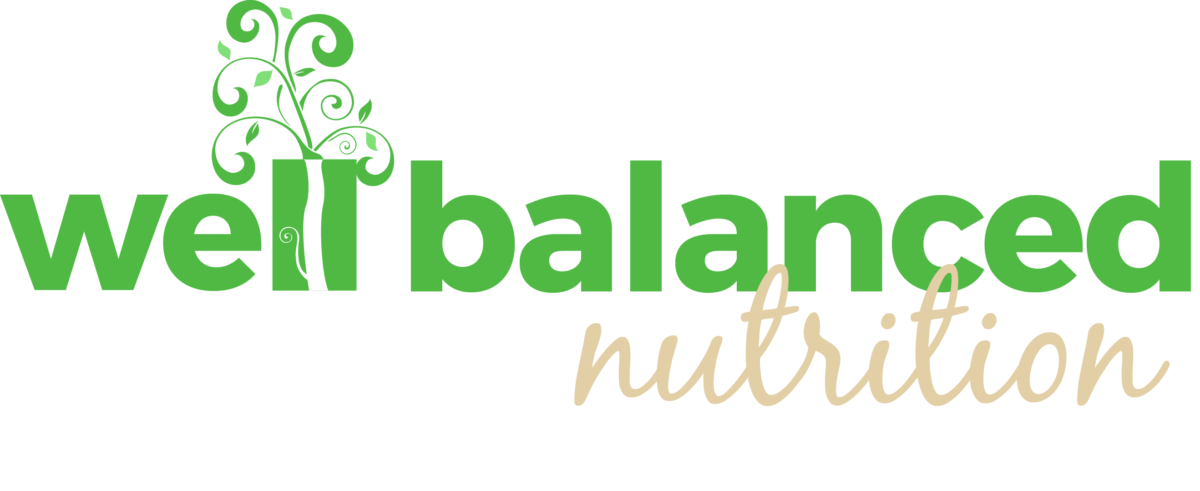Grocery shopping isn’t always straightforward—especially when you’re staring down the price tags in the produce aisle. Should you splurge on organic? Is it actually healthier? And what’s the deal with pesticides? In this post, we’ll explore how organic and conventional produce compare—so you can shop with more confidence.
What Does “Organic” Mean?
Understanding what organic really means can help you decide if it aligns with your health and environmental values.
Organic farming:
- Avoids synthetic pesticides, herbicides, and fertilizers
- Uses naturally-derived pesticides
- Relies on natural methods like crop rotation and composting
- Promotes soil health and biodiversity
For some, choosing organic is about more than just avoiding potentially harmful chemicals—it’s a vote for cleaner farming practices and environmental health.
Is Organic Produce Healthier?
You might assume organic produce is more nutritious because of natural farming practices, and there’s some truth to that. While studies show vitamin levels are about the same in organic and conventional produce, research suggests that organic options often have more antioxidants and polyphenols, which are beneficial plant compounds linked to better health.
Is Organic Produce Safer?
Many people are concerned about synthetic pesticides in their food, especially when it comes to long-term health or feeding their families.
Although the FDA sets limits on pesticide residues to protect public health, concerns remain about long-term, low-level exposure. Over time, chronic pesticide exposure may contribute to:
- Hormonal imbalances
- Genetic damage
- Endocrine system disruption
- Changes to the gut microbiome (impacting digestion and immunity)
Certain groups are especially vulnerable to these effects, including:
- Children
- Pregnant women
- Older adults
- People with chronic illnesses
- Farm workers
The good news is that the largest risks are caused by just a few specific pesticides, concentrated in a handful of foods. Meaning that most of the produce you buy, whether organic or conventional, only poses a low to moderate risk. Therefore, being strategic about which foods you buy organic could be a smart and impactful step toward reducing risk over time. Keep reading to find out which fruits and vegetables are riskier.
How to Shop Smart: When to Choose Organic
What if it’s not in your budget to buy all organic produce? If the higher cost of organic produce is a barrier, buying conventional fruits and vegetables is better than not consuming produce at all. In many cases, the health benefits of eating more fruits and vegetables, regardless of their organic status, outweigh the potential drawbacks.
Prioritizing organic versions of certain fruits and vegetables that are higher risk for pesticides is another way to limit your exposure while not completely blowing your grocery budget. A review done by Consumer Reports helps us know which fruits and vegetables are worth splurging on.
Unlike the Dirty Dozen list, which only considers the number of pesticide types, Consumer Reports analyzed:
- How many servings are considered safe for a child
- How often do pesticides appear
- Their concentrations and toxicity
Their extensive review of seven years’ worth of USDA data found that 20% of fruits and vegetables tested had significant pesticide risks, especially imports from Mexico. While some produce showed concerning levels of pesticides, nearly two-thirds of the foods tested had minimal risks. This is really positive news! It means we can selectively purchase organic and safely enjoy conventional versions of all the rest of the produce department.
Fruits and vegetables with the highest risk from pesticides
So, which conventionally grown fruits and vegetables did Consumer Reports find to be the most risky?
High-Risk Produce (Buy Organic If You Can):
Very high risk if you eat a lot of them or eat them often:
- Bell peppers
- Blueberries
- White potatoes
High risk if you eat a lot of them or eat them often:
- Strawberries
- Green beans
- Hot peppers
- Kale, mustard greens, and spinach
- Celery (especially imported)
- Spinach
If you eat these often, aim for organic or limit servings per day.
Some produce samples, like celery and strawberries, had more pesticide risk when imported rather than U.S.-grown. This is just a good reminder that buying locally grown can have great benefits.
Click the picture to see the full info from Consumer Reports:

In Summary
Choosing between organic and conventional produce involves balancing health benefits and costs. While organic options reduce pesticide exposure and support sustainable practices, conventional produce still provides essential nutrients and is often more affordable. Awareness of high-risk fruits and vegetables can help you can make informed choices that align with both your budget and health goals. Ultimately, the best decision is the one that fits your lifestyle and helps you maintain a healthy, balanced diet.
References & Resources
- Stanford University Study on Organic Foods:
- Smith-Spangler, C., et al. (2012). “Are Organic Foods Safer or Healthier Than Conventional Alternatives?: A Systematic Review.” Annals of Internal Medicine.
- Consumer Reports: Produce Without Pesticides:
- Consumer Reports. (2023). “Produce Without Pesticides.”
- Environmental Working Group’s Dirty Dozen List:
- Environmental Working Group (EWG). (2024). “EWG’s 2024 Dirty Dozen™: Top Fruits and Vegetables with the Most Pesticide Residues.”
- FDA’s Pesticide Residue Limits:
- U.S. Food and Drug Administration (FDA). “Pesticide Residue Monitoring Program.”
- Health Implications of Pesticides:
- Zhang, L., et al. (2020). “Chronic Exposure to Pesticides and Human Health: A Systematic Review.” International Journal of Environmental Research and Public Health.
- Sustainable Farming Practices:
- Bourn, D., & Prescott, J. (2002). “A Comparison of the Nutritional Value, Sensory Qualities, and Food Safety of Organically and Conventionally Grown Food.” Critical Reviews in Food Science and Nutrition.
- Research on Nutritional Differences Between Organic and Conventional Foods:
- Barański, M., et al. (2014). “Higher Antioxidant Content and Lower Cadmium Levels in Organic Compared with Conventional Crops: A Systematic Review and Meta-Analysis.” British Journal of Nutrition.



